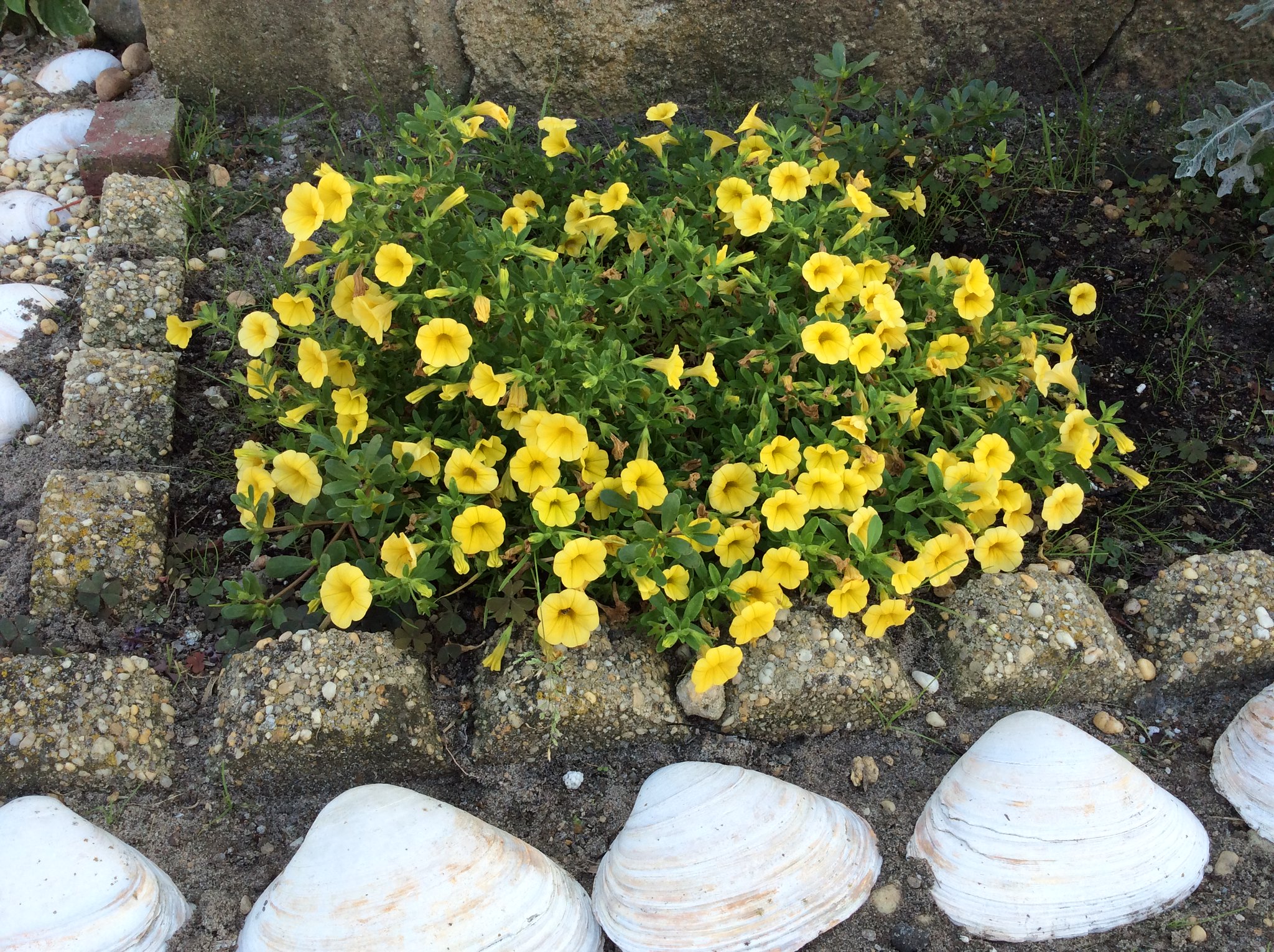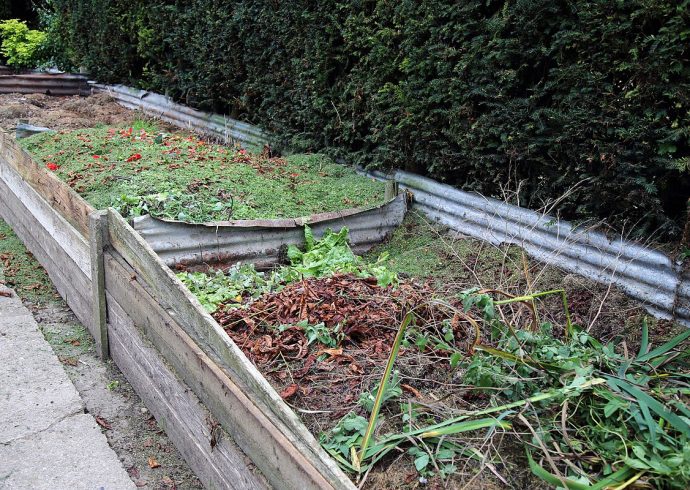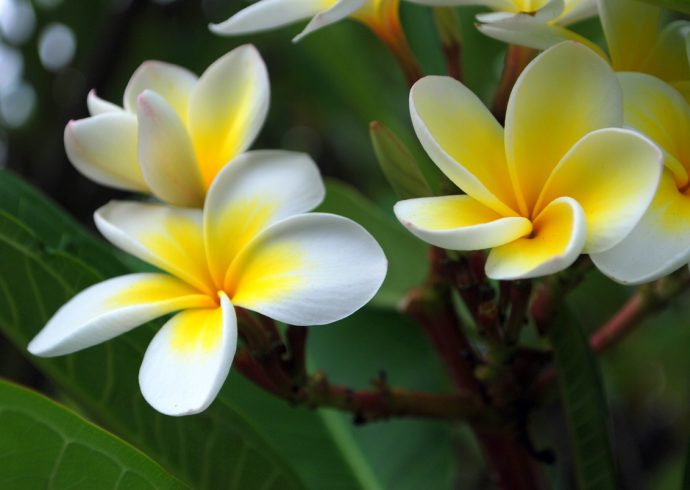
Decorating Your Indoor or Outdoor Garden with Seashells
Seashells can provide a unique decorated look to your garden. If you are a collector of seashells, like I was for many years, you can use those shells to decorate your outdoor or indoor garden in a creative way. If you have your seashells collected in several boxes or bags, cull through them to separate the ones that are in the best condition and not broken. Separate the shells by their mollusk classification, found on the Seashells.org link in resources. This link contains lots of color photos so you will be able to identify the shells, should you not be familiar with every mollusk there is. Once your shells are separated by type, make sure they are clean before you decide you place them in your garden. If any of the shells have dirt on them, soak them in warm water with a mild soap, gently loosening the dirt. You can also use an old, soft toothbrush to remove any hardened pieces of dirt or sand still clinging to the shells. Take the clean shells out of the water, rinse, then let dry spread out on a towel.
There are a number of ways you can use these shells in your garden. Small round seashells such as jingles, scallops, cockles, and buttercups can be mixed together and spread out among the flowers in the same way you would use marble chips or wood chips. Ceriths, augers, and murex shells can also be arranged similarly around your flowers, set beyond the base of the plant so the shells are visible and not hidden by the plant leaves. Don’t spread the shells on any paths in your garden as they can easily break under the pressure of feet. Use shell shapes that contrast the flowers in your garden. Flowers that have lots of narrow petals like asters and daisies can have the round seashells scattered around them. Similarly, the gastropod seashells, noted for being in one piece versus the bivalve shells, which have two parts hinged together, can be set around flowers like snapdragons, bleeding hearts, foxgloves, penstemon, lupines, bells of Ireland, petunias, torenia, pansy, and impatiens.
You can also add a number of other ocean related items to your garden. Sanddollars make a beautiful addition but they can be fragile, especially the smaller ones. Smaller ones you can use in your indoor garden, set inside a flower pot or flower box. If you have any really fragile seashells, like the Venus comb, which is a type of murex, save that for your indoor garden. Considered by many to be the most beautiful of murex shells, it is pure white in color with many spines emanating from the shell base, resembles a comb, thus the name. You will want to protect the spines of the comb so they do not break off.
Conch and abalone shells should definitely be added to the outdoor garden as they are durable for most weather conditions. Like the coral chunks, set those in an obvious visible spot where they can be enjoyed.
Smaller starfish are also fragile and preferable for indoor gardens but the larger versions can be a nice addition to your outside garden. Even if you have just one starfish, set it in a spot where it can be visible, such as a fountain or rock. If you also have any big coral chunks, that can also make a wonderful addition to your garden. Use the coral as you would decorative rocks; if your garden is primarily a rock garden, plant the flowers around the coral. Smaller, more fragile coral known as sea fans are soft corals and are best used in an indoor garden. Use the coral fans to decorate the tropical plants you have hanging in your sun room. Just stick the base of the coral inside the soft soil in the flower pot. Likewise, if you have any sponges, use those mixed with the coral. Since coral come in many different colors, from red to orange, pink, yellow, and white, those can be used to contrast the flower colors of your garden, too.
Lastly, about that piece of driftwood gathering dust in your cellar or attic: drag that out, dust and rinse off, and place that in your garden. You can set your conch, abalone, or starfish, or all three, by the driftwood to give your garden that real oceanside look.
Chances are you will want to preserve your shells for next year once the winter season comes, if you live in a cold climate where snow and ice are common. Pick up the shells and driftwood and any other goodies from the ocean in your garden and store them so they do not break. Ice and snow can cause many shells to fragment and wear so if you leave these out during the wintertime, they may not survive for next year if you want to use the same shells in your garden for next year. One collected, rinse off the shells with a hose using a gentle spray, let dry, then pack them back up. That way you will be able to use them next year in your garden.
Image Credit: Flowers and seashells, by Carol Smith via Flickr.


